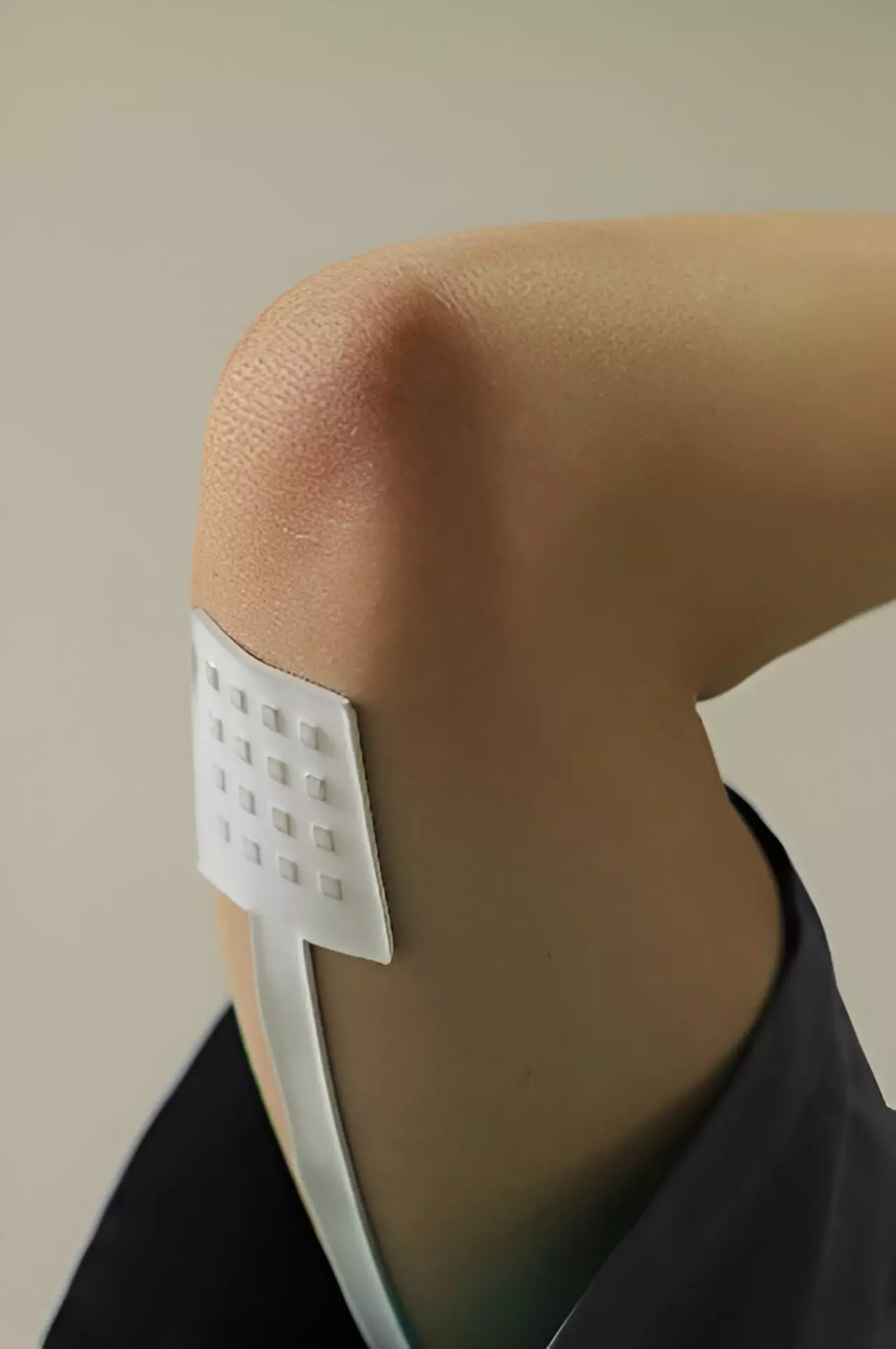Recent advancements in the realm of flexible tactile sensors are making previously imagined concepts a tangible reality. A groundbreaking study published in *Science Advances* by a research team at Peking University reveals the development of flexible, modular tactile sensors that are engineered to conform to the human skin. These sensors are capable of accurately detecting various biomechanical signals from different body parts, promising to revolutionize fields ranging from healthcare to personal consumer technology.
The pioneering nature of this research lies in the introduction of three-dimensional (3D) micro strain gauges. These sophisticated sensing units allow for high-density mapping of pressure and facilitate wireless monitoring of biomechanical signals. Moreover, they enable the distinct measurement of multiple forces such as temperature, normal force, and shear force, expanding the potential for nuanced interaction with tactile stimuli.
Han Mengdi, the lead author of the research, highlights the capabilities of 3D micro strain gauges in the development of flexible tactile sensors. By transitioning traditional planar strain gauges into their 3D counterparts using lithographic-compatible processes, the team is realizing considerable enhancements in both sensing modality and spatial resolution. This shift represents a key innovation, positioning these sensors as not merely functional devices but as versatile tools for various applications.
The utilization of thin film stress-driven 3D micro strain gauges provides consistency and stability, crucial characteristics for reliable data collection. The processing techniques employed permit significant scalability and adaptability, allowing for the seamless integration of these sensors into existing microelectronics systems. As Chen Xu, a Ph.D. student in the research team, notes, this adaptability leads to the rapid customization of sensor performance. By manipulating the geometry of the 3D structure and adjusting layer thickness, these sensors can be fine-tuned for unique applications across different domains.
One of the most exciting features of these innovative sensors is their ability to decouple the normal and shear forces at the point of contact, offering a clear understanding of both the magnitude and direction of applied forces. Each sensor is equipped with four orthogonally arranged 3D micro strain gauges, which facilitates this precise measurement while simultaneously incorporating a temperature sensing module. This multifunctional capacity strengthens the sensors’ applicability in diverse analytical contexts.
Ph.D. student Yiran Wang elaborates on the technology’s sophistication, emphasizing the anti-crosstalk circuit designed to manage the spatiotemporal mapping of forces at the skin interface. The result is a highly integrated sensing solution that incorporates temperature monitoring with dynamic pressure assessment—features that can enhance user experience in consumer electronics, robotics, and biotechnology.
Broad Applications and Future Implications
The implications of this research extend far beyond standard applications. The compatibility of these 3D micro strain gauges with both macro and microelectronics opens up intriguing possibilities for integration into wearable technologies and advanced prosthetics. As healthcare continues to move towards more personalized and real-time modalities, these flexible tactile sensors could serve as critical components in monitoring physiological states and providing feedback in rehabilitation scenarios.
The potential applications continue to expand, with robotics standing out as a primary beneficiary. Enhanced sensory feedback can lead to more adaptive machines that interact intelligently with human users, increasing safety and functionality in fields such as manufacturing, healthcare, and assistive devices.
The research spearheaded by Peking University signals a significant milestone in the evolution of flexible tactile sensors. With defined capabilities for high-resolution detection and the promise of seamless integration into various technologies, this innovative approach could redefine how we measure and interpret biomechanical signals. The future of interaction between humans and technology is indeed more promising than ever.

